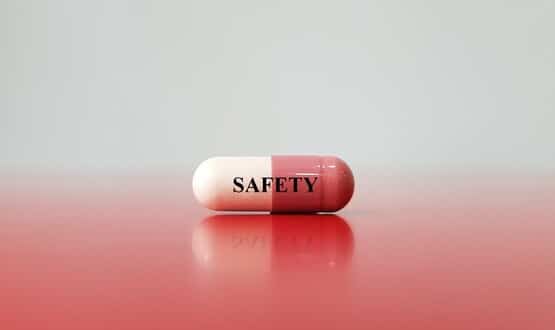Doctors should see patients by e-mail, researchers say
- 20 August 2004
Research published in the BMJ today has found that doctors and patients are both missing out on the benefits that e-mail can bring to healthcare provision due to lack of infrastructure and motivation.
Dr Josip Car from Imperial College and Professors Aziz Sheikh from the University of Edinburgh, found that e-mail could increase access to care, particularly for those with physical disabilities or in rural areas, save money and help create a written record of consultation.
Car and Aziz also noted that e-mail was “a more egalitarian medium of communication as tradition barriers of age, rank, and unfamiliarity tend to dissolve in the informality of electronic communication".
E-mail could also be used in preventive healthcare, most notably for risk assessment or to remind patients of upcoming tests: “Email could be an attractive, low-cost alternative, but few healthcare providers currently offer this service."
The US-based Institute of Medicine noted in the study that “instead of a $65 office visit and a half-day off work, a 2-minute e-mail communication could meet many patients’ needs more responsively and at lower cost."
There were, however, a number of caveats to the use of e-mail that the researchers found. Patient privacy issues were paramount; although clinicians may have security measures placed on access to their email, no such guarantees could be made on the patient’s side.
Furthermore, the researchers noted that the digital divide doesn’t make for universal healthcare access, and that overuse of e-mail “may widen social disparities by allowing preferential access to wealthier people and young middle-class adults."
The study suggested that e-mail should be mainly used for doctors communicating with patients whom they had already met, for security and care reasons: “Until standards are established, e-mail consultations outside pre-existing patient-doctor relationships should not be considered as a method of rendering medical care."
Dr Josip Car said: “With such a large proportion of the population now with access to e-mail, it seems unusual that this method of communication, so essential for many, is so underused by doctors and patients. This review has shown that there are definite advantages to the increased use of e-mail for patient-doctor consultations."
Professor Aziz Sheikh, however, said that there were some risks: "Many patients increasingly want to be able to communicate with their doctors by e-mail, but the lack of an adequate supporting infrastructure could be a security issue, and many doctors are still concerned that e-mail consultations will not provide the same level of service for many patients.
“These issues are, however, not insurmountable and I look forward to the time when, just like in many other public services, people can choose to consult with their doctors face-to-face, by phone or by email."
The researchers examined the results of existing controlled trials and case studies about e-mail consultations, and canvassed opinions from a number of patient and healthcare sources. The full study can be found at the BMJ website.
See also: E-mail consultations in healthcare




